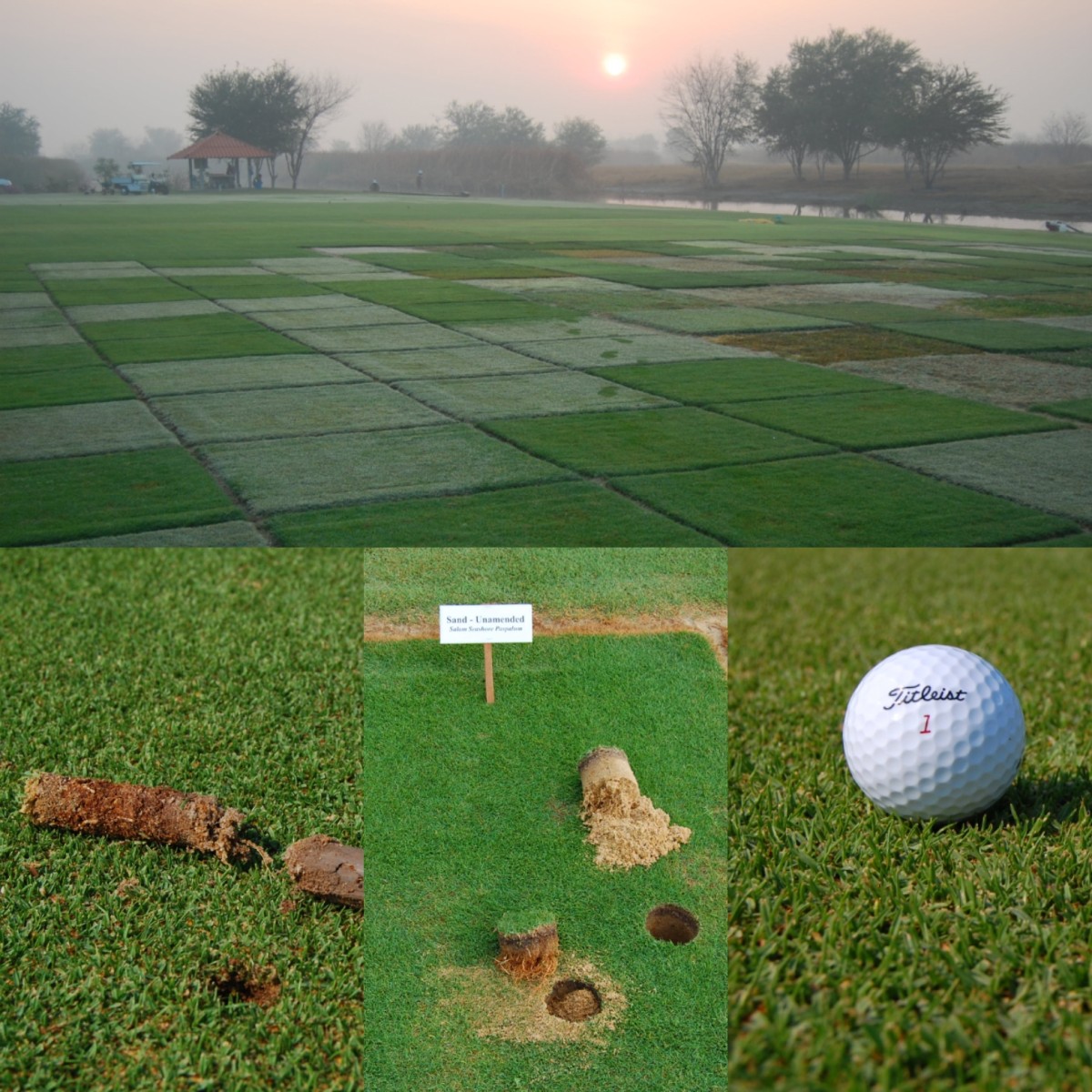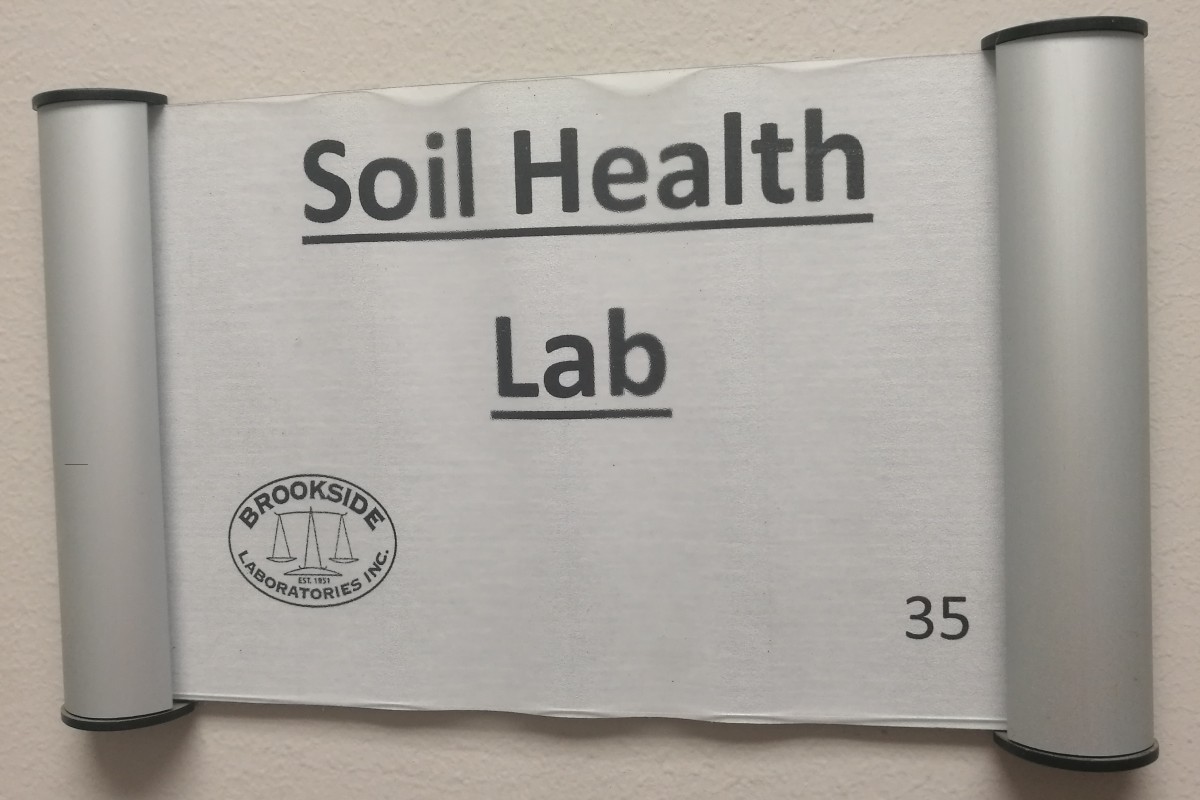A correspondent wrote with a question about soil biology for controlling organics, adding compost tea to feed beneficial bacteria, and etc.
There are two articles that I recommend as an introduction to this topic, both by David Zuberer. I suggested that Zuberer’s Microbes in soil and sand-based rootzones, from SportsTurf magazine in 2005, is an especially good place to start. Specifically, I replied that my thoughts about soil microbes are in agreement with the final paragraph from that article. It reads:
“So, do you need to add ‘beneficial microbes’ to the soil to make it function properly? That’s highly unlikely. Many studies of turfgrasses, whether in sports fields, golf courses or home lawns, have shown that soil microbial populations are not compromised by normal management practices. The best thing that you can do to ‘manage’ the soil microbes under your care is to grow a healthy stand of turf and pay close attention to the condition of the soil or rootzone supporting it. Paying attention to the agronomics of grass culture, fertilization, aerifications, drainage, etc., will insure that the microbial populations are not being adversely affected.”
If you have any interest in this topic, please read that article in its entirety; it’s only 4 short pages. Here are a couple other highlights from the same article:
“I hope to dispel the notion that sports turf is ‘lacking soil microbes’ and that microbial preparations (microbial inoculants, small amounts of carbon sources like molasses or sugar, etc.) are needed to restore them.”
“What about the numbers of microbes in intensively managed, sand-based, sports fields? Are the populations somehow compromised? Research suggests that the answer to this question is, No! Results from multi-year monitoring of microbial populations in sports fields at Texas A&M University showed that bacteria consistently number in the tens of millions per gram of sand or soil and fungi number in the tens to hundreds of thousands per gram.”
A second article well worth reading, also by Zuberer, is the 5 page Soil microbes: some practical perspectives for turfgrass systems from the USGA Green Section Record in 2012.
Here are a few excerpts:
“The grass byproducts [clippings, roots, root exudates, and sloughed or lysed root cells] become the microbe’s food source. It is my contention that to grow ‘healthy’ microbial populations, you must grow good grass. In other words, feed the plants to feed the microbes! Feeding plants by providing a sufficient supply of nitrogen, phosphorus, potassium, and other essential nutrients and maintaining a favorable rooting environment (a balance of air- and water-filled pores, acceptable pH, etc.) for turfgrass should provide a suitable habitat for soil microorganisms. An active microbial population will decompose grass clippings as well as decaying roots and dead microbes. They will recycle the organic nutrients immobilized within these sources and convert them back to inorganic, plant-available forms. This ‘mineralization’ process is one of the most essential functions of soil microbes in maintaining a productive soil capable of supporting plant growth.”
Zuberer asks, and then answers, these specific questions too:
“Are turfgrass soils lacking in soil microbes?”
“Do we need to add microbes to turfgrass soils?”
“Do we need to feed the microbes to feed the plants?”
I’ll let you read the article to find his answers to those questions. He closes the article with this advice on best practices:
“The turfgrass environment is a favorable one for growth of soil microbes, a characteristic shared with other grassland habitats. It also appears that trying to change soil microbial populations in a meaningful way remains a difficult challenge for those seeking to do so by adding microbial preparations or novel soil amendments. Soil microbial populations demonstrate a high degree of resilience, and changes in the community will most likely be accomplished through greater attention to altering the soil environment to be a more favorable habitat.”
“In my opinion, after 35-plus years of ‘soil microbiology watching,’ the best practices for managing soil microbes are those that adhere to well-established agronomic principles. Maintain adequate soil fertility and a favorable soil environment through judicious use of aerification techniques, soil testing, and ongoing monitoring for changes in soil properties. In short, growing healthy turf will provide the necessary resources for soil microbes to thrive.”
Three more things come to mind on this topic.
One is what I’ve observed in my career; I’ve grown, and seen grown, a lot of fine turfgrasses using “well-established agronomic principles.” Off the top of my head, I can’t think of a case where those principles didn’t work.
 Warm-season grasses were grown at the ATC research facility in central Thailand on a variety of soil types from 2006 to 2009. The grasses thrived in all soil types by applying well-established agronomic principles. No fungicides, insecticides, or herbicides were required.
Warm-season grasses were grown at the ATC research facility in central Thailand on a variety of soil types from 2006 to 2009. The grasses thrived in all soil types by applying well-established agronomic principles. No fungicides, insecticides, or herbicides were required.
Second, I think the growth rate of the grass is important. And when one makes adjustments to the growth rate, a lot of good things happen. I’ve written about that in data to support an anecdote, and the results described there are a combination of what Zuberer has advised, and careful attention to the growth rate.
 Sign at the entrance to the soil health lab at Brookside Labs in Ohio.
Sign at the entrance to the soil health lab at Brookside Labs in Ohio.
Third, if you are interested in this and want to measure biological and chemical characteristics of your soil, you might want to order a soil health test. With this test, you will be able to check the effect of modifications to the turf and soil management practices.
ATC works with clients around the world on soil testing and nutrient recommendations, and will be happy to work with you on soil health testing if you are interested.